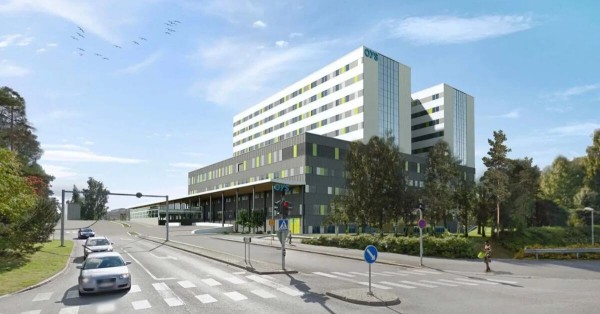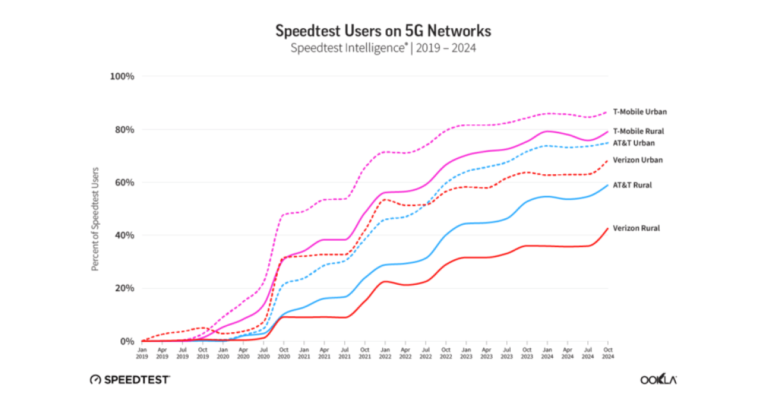Wembley Stadium has become the first sports venue in the UK to feature a dedicated 5G standalone (SA) network, following a major upgrade by EE. This development gives Wembley a significant technological edge over other major stadiums like Twickenham, the Principality Stadium, and Wimbledon.
EE’s 5G SA network will make its debut at Wembley during England Women’s UEFA Nations League match against Spain on February 26, 2025. This launch marks a major milestone in EE’s efforts to enhance mobile connectivity at large-scale events.
Why 5G Standalone Matters for Wembley Stadium
Unlike non-standalone (NSA) 5G, which relies on a 4G core, EE’s 5G SA network is built entirely on a dedicated 5G core. This results in:
- Faster mobile speeds for seamless streaming, social media sharing, and app usage.
- Lower latency, enabling near-instant data transmission for real-time applications.
- Higher capacity, ensuring reliable connectivity even in densely packed stadiums.
With these improvements, fans at Wembley can expect a smoother mobile experience, whether they’re live-streaming, making video calls, or navigating digital services inside the stadium.
Enhancing the Live Event Experience
EE’s deployment of 5G SA is a crucial step toward transforming Wembley into one of the most connected stadiums in the world. The upgrade will benefit fans attending high-profile events, including the Emirates FA Cup Final and major concerts throughout 2025.
Marc Allera, CEO of EE, highlighted the significance of this advancement: “The Lionesses have made history with their performances on the pitch, and now we’ve made history off it with the launch of the first 5G standalone network at Wembley Stadium. Whether it’s the Emirates FA Cup Final or one of the hotly anticipated gigs this summer, our cutting-edge mobile connectivity will ensure fans can capture, share, and experience history in new ways under the iconic Wembley arch.”
Beyond Fan Experience: Supporting Stadium Operations
While the primary goal of EE’s 5G SA network is to enhance the fan experience, it also has broader applications for Wembley’s operations. The improved network can support:
- Retail transactions – Faster and more secure point-of-sale operations.
- Broadcasting services – High-quality, low-latency video streaming for live broadcasts.
- Future smart stadium applications – Including AI-powered crowd management, augmented reality (AR) experiences, and enhanced security systems.
As technology evolves, EE’s 5G SA network could enable even more advanced use cases, such as real-time analytics for stadium management and immersive fan experiences powered by AR and VR.
Part of EE’s Nationwide 5G Expansion
The Wembley 5G SA deployment is part of EE’s broader efforts to upgrade connectivity across the UK. Since launching its 5G SA network in September 2024, EE has expanded coverage to more than 21 million people—about a third of the UK population.
The company’s continued investment in standalone 5G is expected to pave the way for improved mobile connectivity in more stadiums, entertainment venues, and public spaces in the coming years. Wembley’s adoption of 5G SA serves as a model for other venues looking to enhance digital experiences for their visitors.
As EE’s 5G SA network continues to grow, fans and event organizers alike will benefit from a more connected, seamless, and data-driven experience at large-scale events across the UK.






















